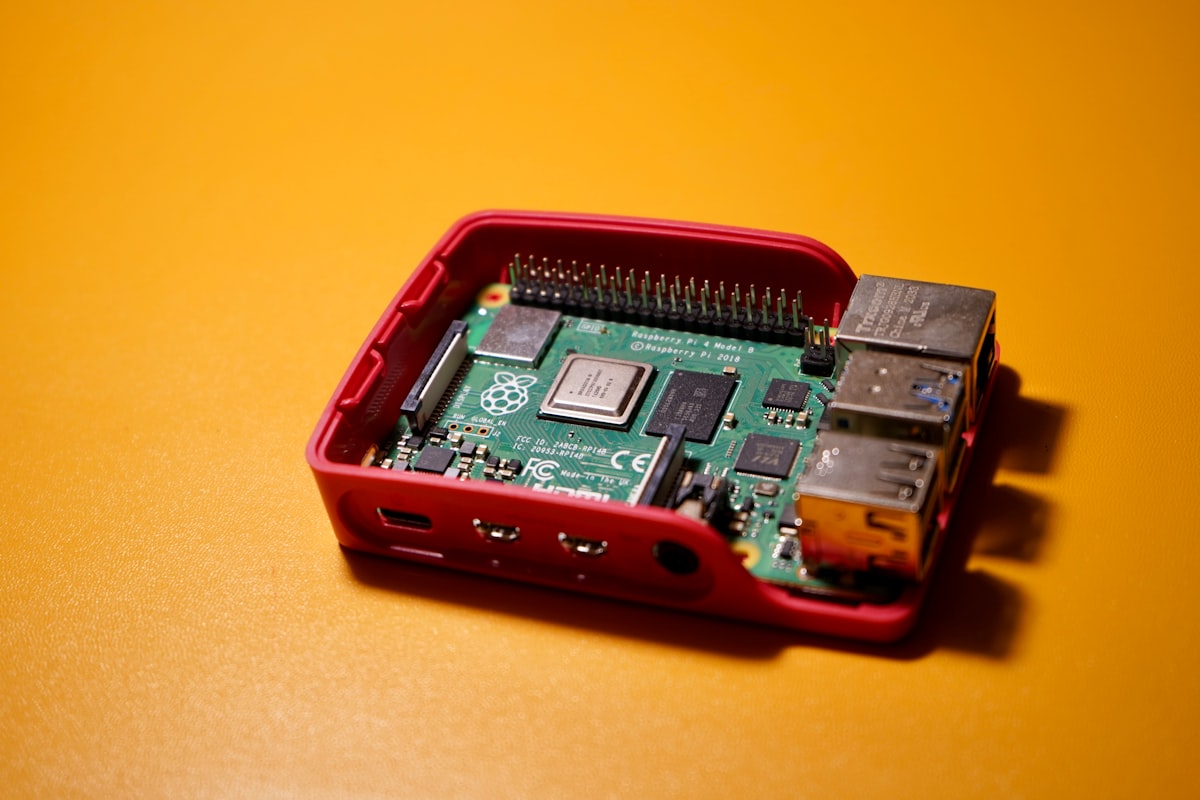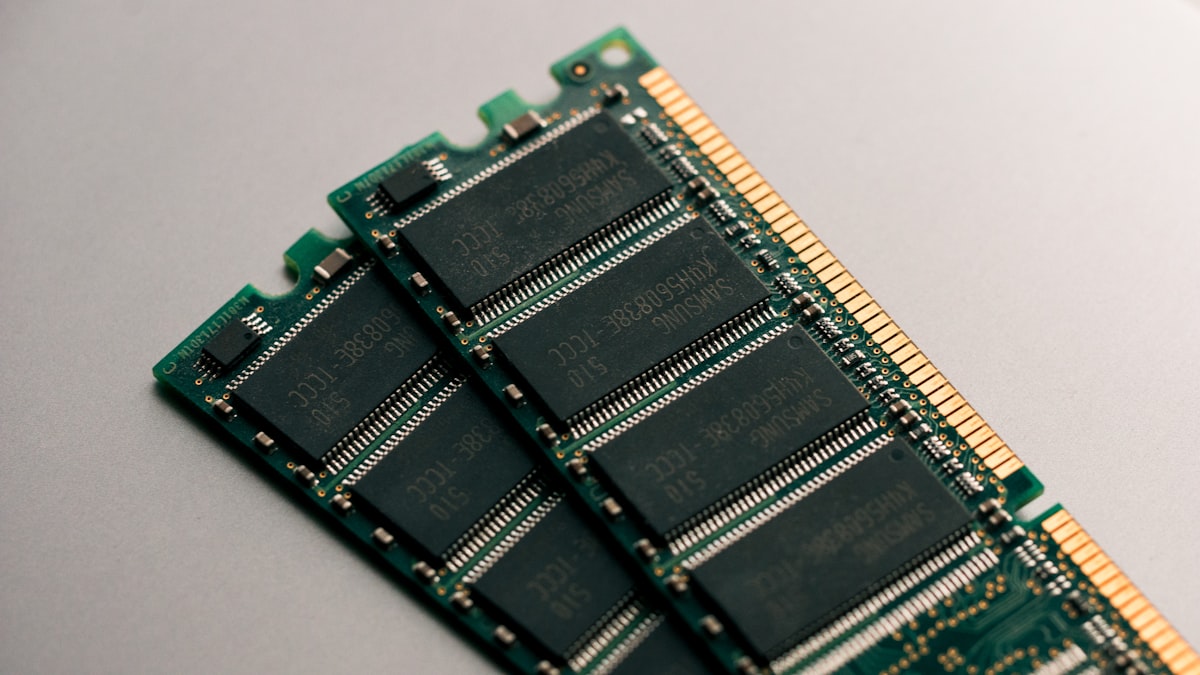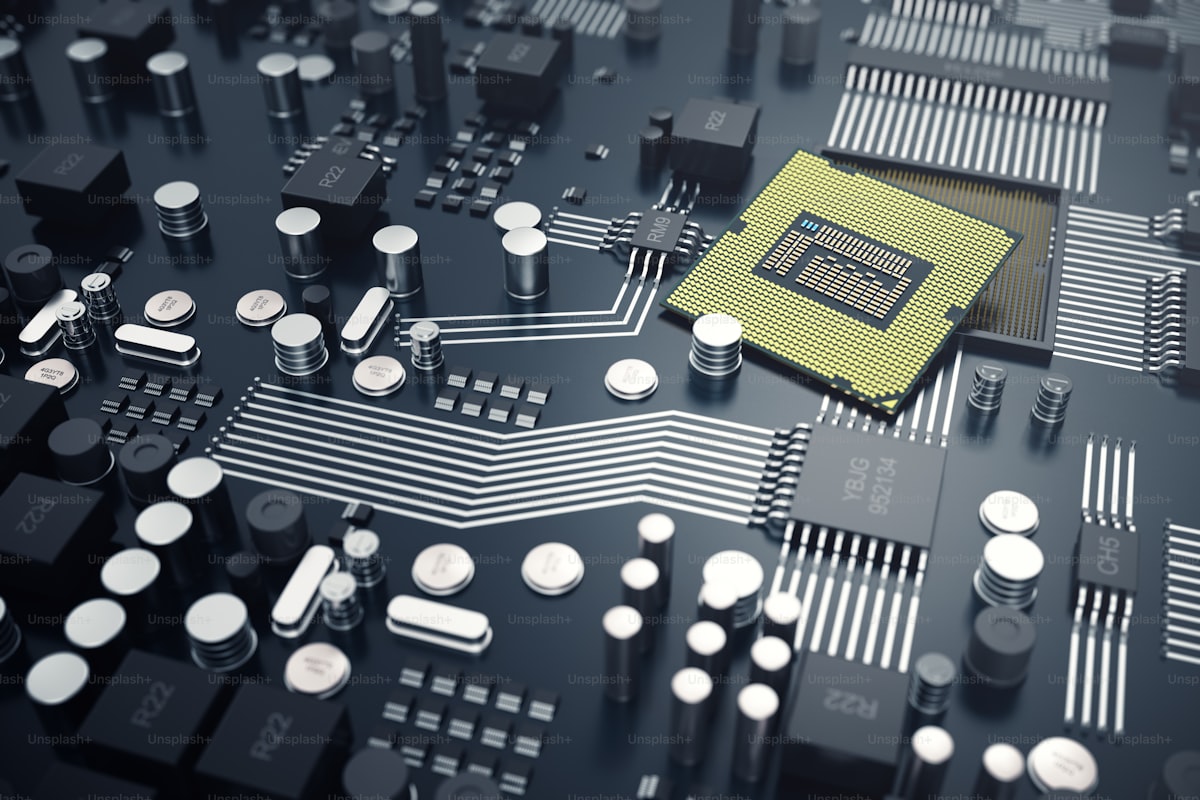A data center is a centralized facility used by organizations to store, manage, process, and disseminate large volumes of data and applications. It serves as the backbone of modern computing infrastructure, supporting the storage and processing needs of businesses, governments, and other entities. Data centers are equipped with specialized hardware, software, networking equipment, and security measures to ensure the reliable and secure operation of IT systems and services. Here are some key components and functions of data centers:
Components of a Data Center:
- Servers: Data centers house racks of servers, which are powerful computers designed to handle various computing tasks such as data storage, processing, and hosting applications and services.
- Storage Systems: Data centers utilize storage systems such as hard disk drives (HDDs), solid-state drives (SSDs), and network-attached storage (NAS) devices to store vast amounts of data securely and efficiently.
- Networking Equipment: Data centers are equipped with networking hardware such as routers, switches, and firewalls to facilitate communication between servers, storage devices, and external networks such as the internet and private networks.
- Cooling Systems: Due to the heat generated by servers and other equipment, data centers require sophisticated cooling systems to maintain optimal operating temperatures and prevent overheating.
- Power Infrastructure: Data centers rely on robust power infrastructure, including uninterruptible power supplies (UPS), backup generators, and power distribution units (PDUs), to ensure continuous operation and protect against power outages.
- Security Measures: Data centers implement physical security measures such as access controls, surveillance cameras, biometric authentication, and perimeter fencing to safeguard sensitive data and infrastructure from unauthorized access, theft, and tampering.
Functions of a Data Center:
- Data Storage: Data centers serve as repositories for storing and managing vast amounts of structured and unstructured data, including documents, databases, multimedia files, and application data.
- Data Processing: Data centers perform data processing tasks such as data analysis, computation, and transformation to derive insights, generate reports, and support decision-making processes.
- Application Hosting: Data centers host a wide range of applications and services, including websites, web applications, enterprise software, cloud-based services, and virtual desktops, enabling users to access and utilize these resources remotely.
- Disaster Recovery: Data centers play a crucial role in disaster recovery planning by replicating data and applications across multiple geographic locations, ensuring business continuity and minimizing downtime in the event of hardware failures, natural disasters, or other disruptions.
- Content Delivery: Content delivery networks (CDNs) leverage data centers to cache and distribute content such as web pages, images, videos, and streaming media to users worldwide, improving website performance, reliability, and scalability.
- Cloud Computing: Many data centers serve as the foundation for cloud computing platforms, offering Infrastructure as a Service (IaaS), Platform as a Service (PaaS), and Software as a Service (SaaS) solutions to organizations seeking flexible, scalable, and cost-effective IT resources.
In summary, data centers play a critical role in modern computing infrastructure, providing the necessary infrastructure and services to support the storage, processing, and delivery of data and applications across a wide range of industries and use cases.







